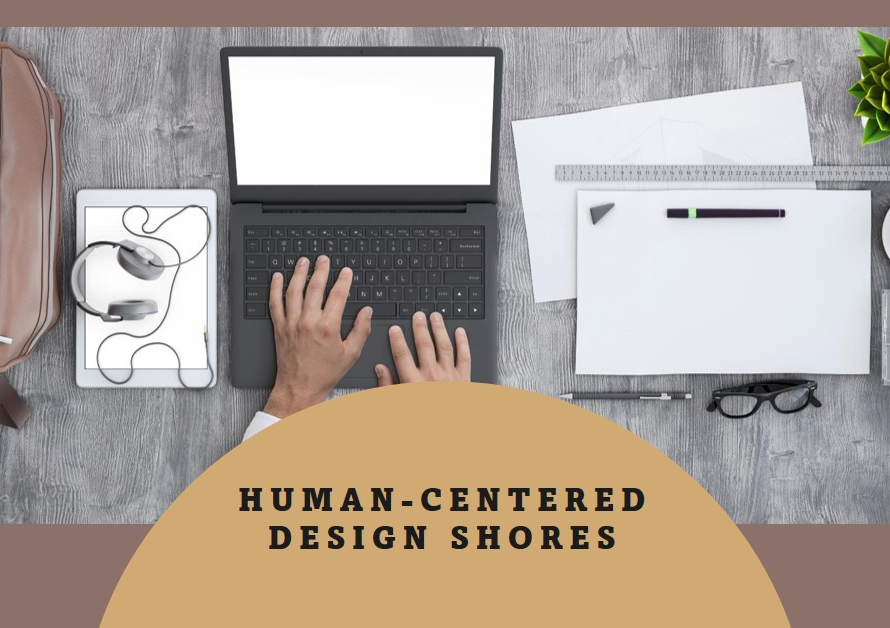
Table of Contents
1. Introduction: The Convergence of AI, Cloud, and VR in O-RAN Technology
Cloud VR – The landscape of telecommunications and network infrastructure is witnessing a paradigm shift with the integration of cutting-edge technologies such as Artificial Intelligence (AI), Cloud Computing, and Virtual Reality (VR). Nokia’s innovative approach to Open Radio Access Network (O-RAN) architecture coupled with AI-powered Cloud VR experiences heralds a new era of immersive connectivity and transformative user experiences.
2. Understanding O-RAN Architecture
O-RAN architecture revolutionizes traditional radio access networks by disaggregating hardware and software components, fostering interoperability, and promoting vendor-neutral solutions. This open, programmable framework empowers telecom operators to deploy agile, cost-effective network infrastructures that adapt to evolving demands seamlessly. Nokia’s advancements in O-RAN technology leverage virtualization, software-defined networking (SDN), and open interfaces to deliver scalable, flexible, and efficient network solutions.
3. The Role of AI in Network Optimization
AI plays a pivotal role in enhancing network performance, predictive maintenance, and intelligent resource allocation within O-RAN ecosystems. Nokia’s AI algorithms analyze vast amounts of network data in real time, optimize radio frequencies, predict network anomalies, and automate network management tasks with precision. This proactive approach improves network reliability, reduces downtime, and optimizes Quality of Service (QoS) for end users, paving the way for seamless VR experiences over cloud networks.
4. Unleashing the Power of Cloud Computing
Cloud computing forms the backbone of scalable, on-demand VR experiences over O-RAN networks, eliminating hardware limitations and enabling ubiquitous access to immersive content. Nokia’s cloud infrastructure leverages edge computing, multi-access edge computing (MEC), and distributed cloud architectures to minimize latency, enhance data processing speeds, and deliver high-fidelity VR experiences across devices. This cloud-native approach ensures seamless transitions between virtual environments, real-time interactions, and immersive simulations for users.
5. Immersive AI-Powered VR Experiences (Cloud VR)
Nokia’s integration of AI and VR technologies unlocks immersive, AI-powered VR experiences that transcend traditional boundaries of connectivity and interaction. AI-driven content personalization, adaptive streaming, and predictive analytics enhance user engagement, content recommendations, and contextual interactions within VR environments. Whether in entertainment, education, healthcare, or enterprise sectors, AI-powered VR experiences over O-RAN networks redefine user expectations and drive innovation across industries.
6. Ensuring Security and Privacy in VR Environments
Security and privacy remain paramount in AI-powered VR experiences, especially over cloud networks. Nokia implements robust encryption protocols, identity management frameworks, and AI-driven anomaly detection mechanisms to safeguard user data, prevent unauthorized access, and ensure compliance with regulatory standards. Continuous monitoring, threat intelligence, and secure data storage practices bolster trust and confidence in cloud-based VR solutions.
7. Enabling Collaborative and Remote Workflows
The convergence of AI, Cloud, VR, and O-RAN technologies empowers collaborative and remote workflows across diverse sectors. Architects can visualize designs in immersive VR environments, teams can collaborate seamlessly in virtual workspaces, and remote training simulations can replicate real-world scenarios with unprecedented realism. Nokia’s ecosystem fosters innovation, creativity, and productivity in distributed teams, driving digital transformation and competitive advantage.
8. Advancing Education and Training Paradigms
AI-powered Cloud VR experiences democratize access to immersive learning environments, interactive training simulations, and virtual classrooms. Educational institutions, enterprises, and training providers leverage Nokia’s solutions to deliver engaging, scalable, and cost-effective learning experiences. From medical simulations and engineering prototypes to cultural heritage preservation and virtual tourism, Cloud VR experiences transcend geographical barriers and enrich learning ecosystems globally.
9. Realizing 5G-Enabled Future Possibilities
Nokia’s Ai-powered Cloud VR experiences over O-RAN networks pave the way for 5G-enabled applications, IoT connectivity, and industry 4.0 innovations. With ultra-low latency, high bandwidth, and network slicing capabilities, 5G networks complement AI-driven VR experiences, enabling real-time interactions, augmented reality overlays, and immersive telepresence solutions. From smart cities and autonomous vehicles to industrial automation and remote healthcare, the convergence of technologies unlocks limitless possibilities for societal transformation.
10. Conclusion: Transforming Connectivity with Nokia’s Innovations


In conclusion, Nokia’s Ai-powered Cloud VR experiences over O-RAN networks epitomize the convergence of cutting-edge technologies to redefine connectivity, user experiences, and industry landscapes. By leveraging AI, Cloud, VR, and O-RAN architectures, Nokia empowers operators, enterprises, and users with scalable, immersive, and intelligent solutions that drive innovation, productivity, and value creation. As we embrace a future fueled by digital transformation, Nokia remains at the forefront, shaping the interconnected world of tomorrow with visionary technologies and transformative experiences.



